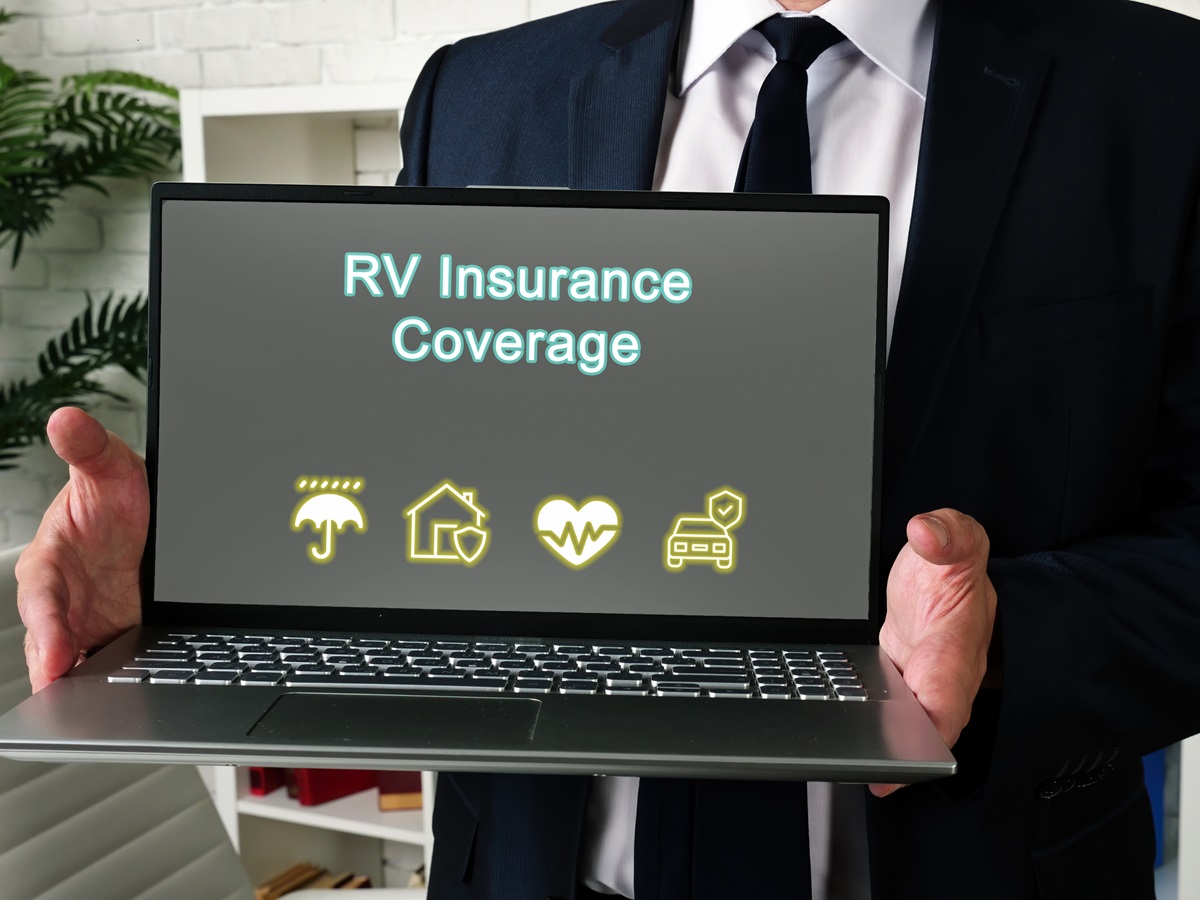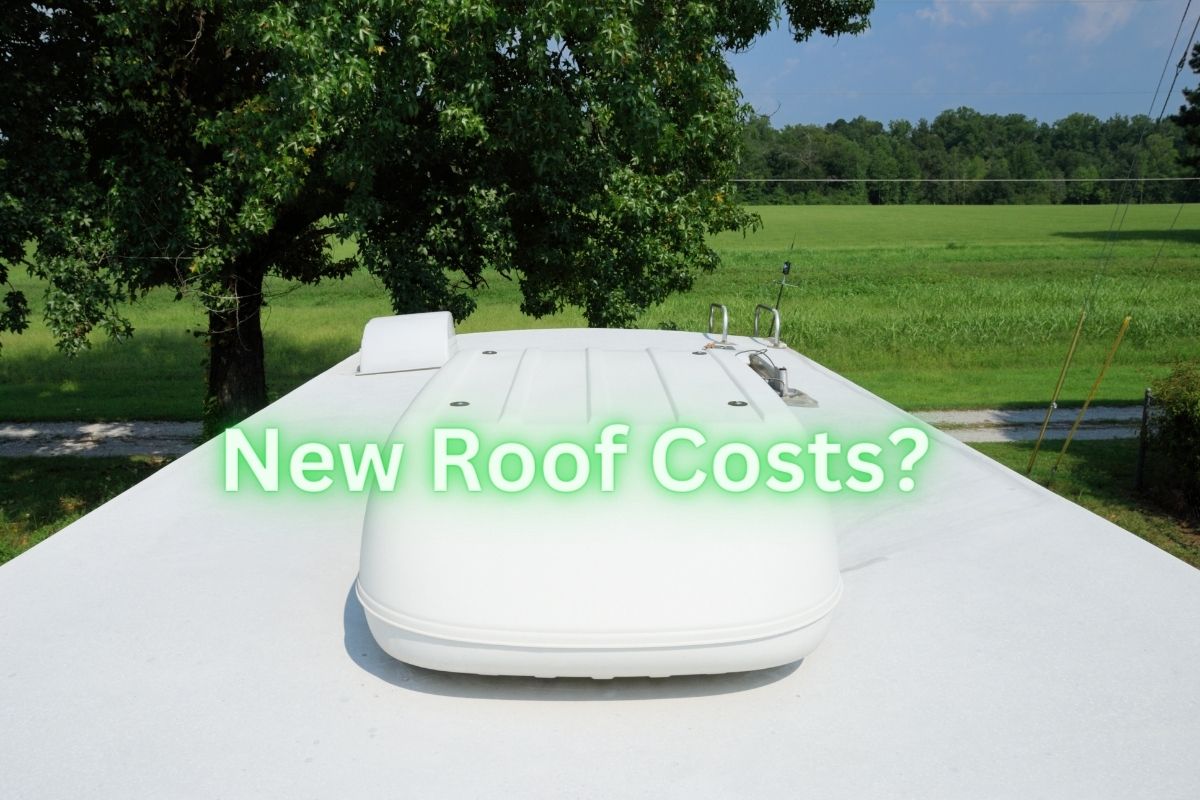Replacing the rooftop can be costly, so many consumers want to know if it’s covered.
Having to replace an RV roof can be very stressful for owners, as it can come with a cost and require a lot of time, making it easy to understand why many wonder if RV insurance will cover this expense.
Consumers who know what to expect may be able to reduce the stress associated with this event.
Owners are advised to look into the process for replacing the roof, to examine their RV insurance coverage, to check their warranty information, and to receive more than one quote from companies that could conduct the replacement.

Of course, the first step is to determine if a roof replacement is actually required. Following a crash or a serious storm, damage can be left behind. In such a case, it’s good to know whether a repair is adequate or if a replacement is advisable. Age will also play a factor due to factors such as typical wear and tear.
RV insurance may provide coverage, but not in all cases
Consumers who want to know if their RV insurance will cover the roof replacement are advised to contact their insurer or their agent. The insurer is most likely to provide coverage in the case that the damage to the roof was caused by a natural event such as being hit by a falling tree branch, or if it was the result of a collision. This depends on the policy and the state, as in some states, the coverage of another at-fault party could cover the damage instead.
Get necessary repairs done
Whether or not the cost is included in coverage, it’s a good idea to have roof repairs or replacements done promptly. The reason is that damage can rapidly spread, and not all of it will be immediately visible. Instead, the additional damage may not become noticeable until it is a much larger problem.
For instance, it could lead to extensive interior damage in the ceiling and walls, starting with soft spots, bubbles, stains, mold or mildew.
Take care making a visual inspection
If a visual inspection is required, an RV insurance company will likely conduct it themselves with a professional adjuster. That said, many owners are inclined to conduct their own visual inspections. This should be done with great care, particularly if it involves climbing up to the roof to have a look.
Due to the risk of falling, many owners now use drones to help them to get a better look at the roof and its condition.

